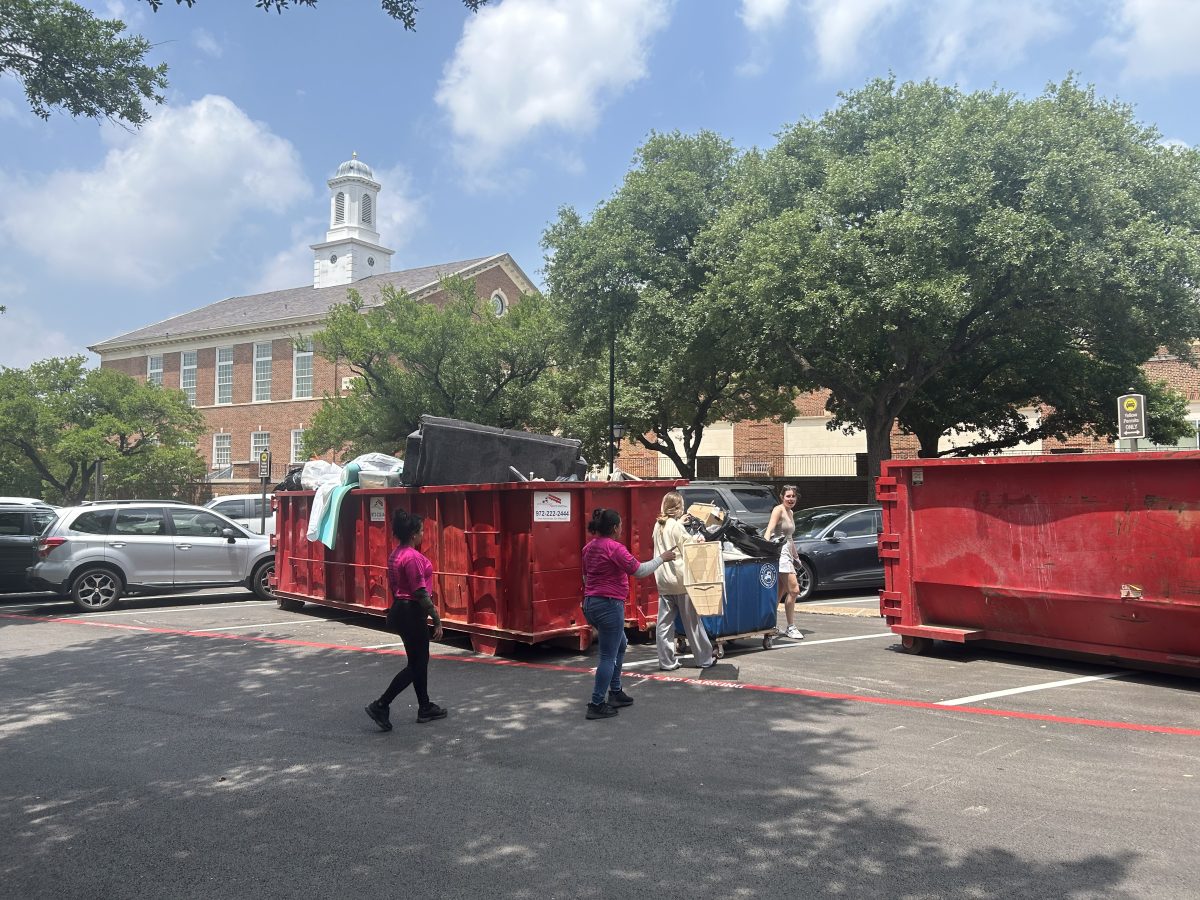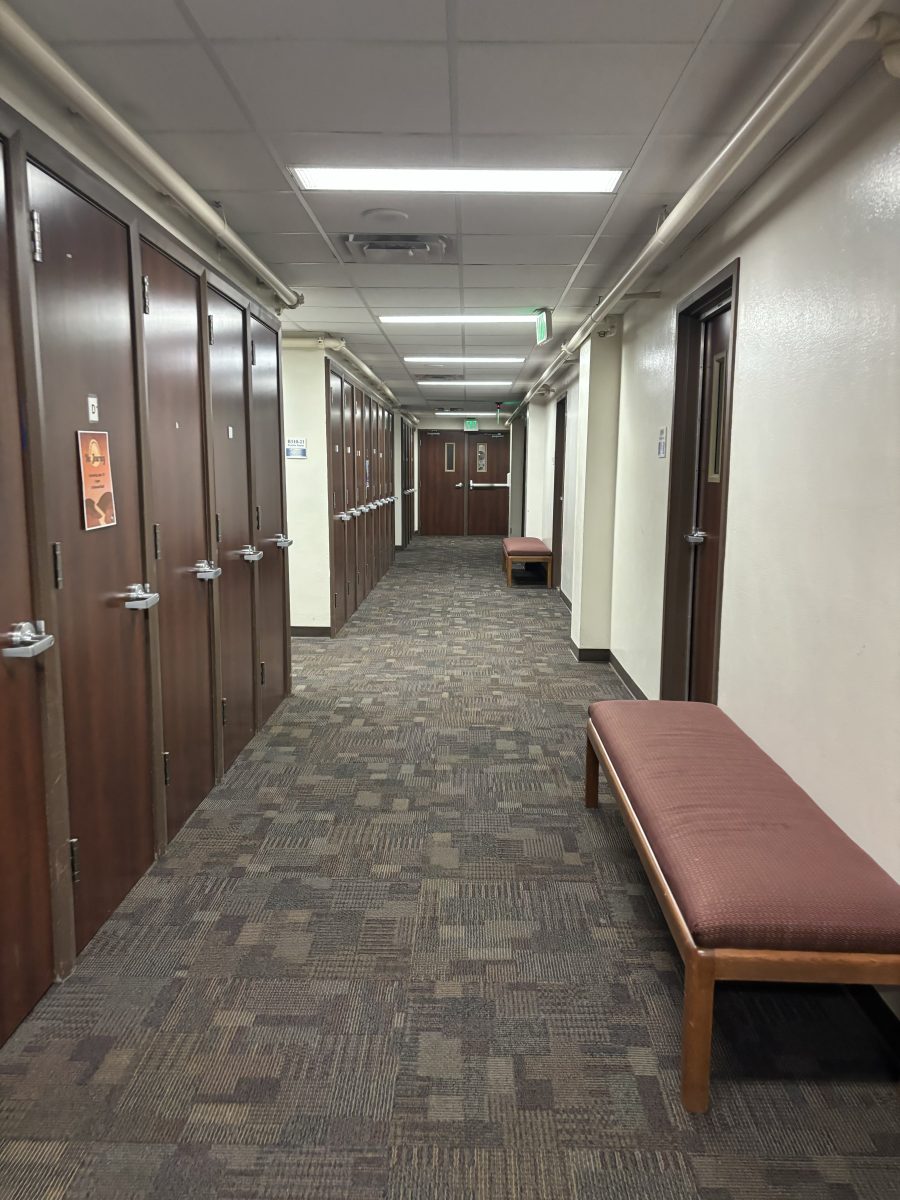In the wake of the destruction of the space shuttle Columbia, a number of questions have been raised about the event and possible ways it could have been avoided. To clear up confusion, the Editorial Board has prepared this short primer on the shuttle tragedy.
What happened? It appears there was a failure of the shuttle’s heat protection system. Heat sensors in the shuttle’s left wing and left rear wheel assembly went wild before the shuttle broke up. During launch a piece of insulation foam from the fuel tank struck the left wing of the shuttle and may have broken or knocked off a number of the heat protection tiles that are used during landing to deflect the heat caused by friction against the increasing air pressure. Whether that played a part in the destruction of Columbia is unclear. One thing that is clear, though, is that terrorists did not destroy the shuttle. No terrorist-launched missile could have struck the shuttle, and the chance that a bomb planted on the shuttle could produce this sort of disaster is infinitesimally small.
Could the shuttle have returned to space when trouble arose? No. Once a shuttle de-orbits to return to Earth, it has no ability to stop its fall. All fuel aboard the shuttle is used to enter and adjust orbit. During re-entry, a shuttle is hardly more than a glider, with little ability to control its descent and no ability to return to orbit after descent has begun. Giving a shuttle enough fuel to maneuver during de-orbit would greatly increase the mass of the ship and cost of space operations.
Could the crew have ejected? No. Not only was Columbia still 32 miles above the ground when it broke apart, the ship was traveling more than 12,000 mph. To eject at such heights and speed would have been as fatal as staying aboard Columbia.
Could they have checked the tiles before de-orbiting? Not easily. Columbia’s crew had no extravehicular activity suits because spacewalking was not part of its mission profile. They were not near enough for the crew of the International Space Station to take a look. And telescopes from earth would not be able to see the bottom of the shuttle while it was in orbit, because the shuttle orbits with its top facing the planet. Since there was no reason to believe that the foam during launch had damaged the shuttle (similar foam had struck launching orbiters before), and the shuttle functioned normally during orbit, there was no reason to expect any problems during de-orbit.
Could the shuttle have been fixed in space? No. While NASA attempted in the 1980s to devise a means to repair damaged tiles during orbit, such systems proved cumbersome. Since shuttles have landed safely with missing tiles before, the system was not considered a priority. Even had such a system been available, the crew would not have been able to effect repairs without EVA suits or a robotic arm. Sending another shuttle up to conduct repairs would not have been feasible. It takes weeks to prepare and launch a shuttle and nearly a year to train the crew. The crew of Columbia would not have been able to last long enough in orbit for another shuttle to be sent.
Could the shuttle have docked with the space station? No. The shuttle was not high enough to reach the ISS, nor could it alter its orbit to such a degree while in space. In any case, were the ship to pull even with the ISS, there would have been no way to get the Columbia crew aboard. Columbia was incapable of docking with the ISS, and once again, the crew had no EVA suits. On a related note, a temporary grounding of the shuttle fleet will not endanger the crew on the ISS. Most supplies are flown to the ISS on unmanned Russian rockets, and in the event of an emergency, the ISS has an escape module. The crew can last onboard until at least June before health concerns from the low-gravity environment become an issue.
Are the shuttles unsafe? Yes, of course they are unsafe. The forces involved in launch and the lack of control during descent to earth both pose risks to the humans aboard the shuttles. Though we’ve come to view shuttle launches as fairly routine, they are not. Until we develop new ways to break away from Earth’s gravity, launching humans into space, itself a terribly hostile environment, will always be a dangerous business. However, we as a nation and as a race have committed ourselves to establishing a human presence in the stars.
The loss of Columbia is tragic, but not unprecedented. We have lost people in the space program before. We will lose people in the future. However, this should not lead to reticence. The greatest way to honor such sacrifices by our astronauts is to continue to seek to achieve those goals for which they died. We remember them best by not retreating from the stars but by embracing the challenge they represent. Columbia has been lost, but its mission will continue.









